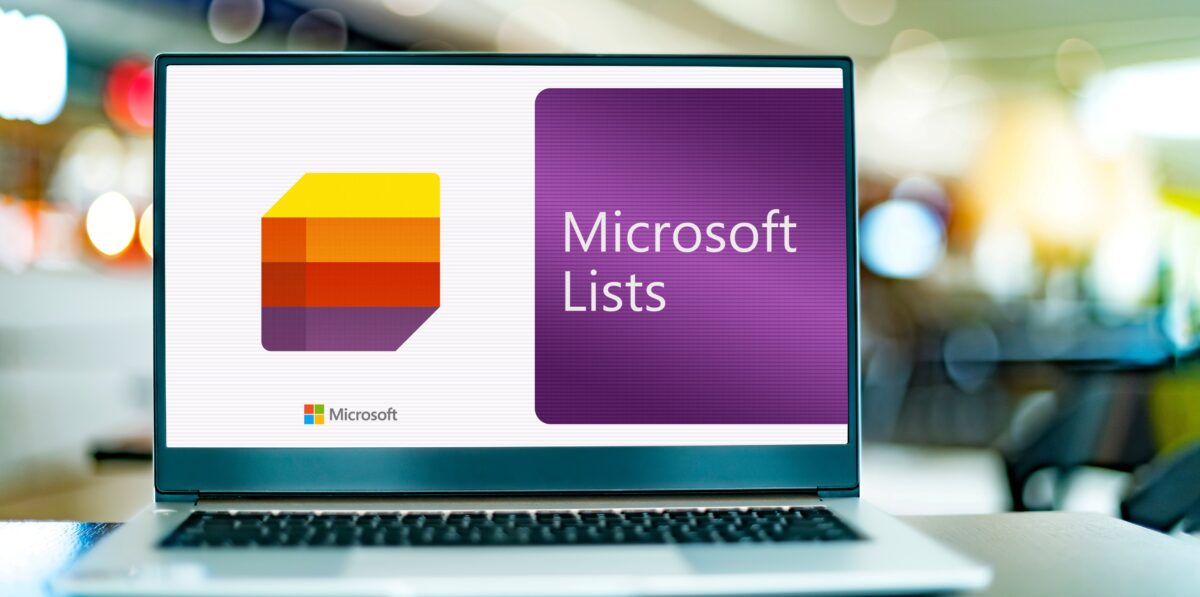Australian businesses are battling a burnout problem of epic proportions.
In response, more leaders are investing in corporate wellness programs and mental health initiatives.
So why aren’t they working? Why is employee well-being still declining and engagement stagnating?
If your business has a corporate wellness program but you’re not seeing the benefits, you might be asking these same questions.
The answer is not that your wellness programs are missing the mark. Some people are likely benefiting. Just not enough.
The problem, according to the latest research from Australia and internationally, is that the wellness programs aren’t tailored to the diverse needs of your workforce.
With an increasingly diverse workforce, a one-size-fits-all approach to corporate wellness won’t cut it.
In this guide:
- Understanding diversity at work
- How a tailored corporate wellness program benefits everyone – and your business
- Assessing employee needs and designing effective wellness programs
- Accessing inclusive wellness training programs
- Implementation tips and evaluating success
More than words: The data behind diversity, inclusion and well-being at work
One in five Australians (19%) don’t feel connected, valued and included at work, according to the latest Diversity Council of Australia (DCA) data from 2023-24.
Even with businesses investing almost $1.5 billion in workplace well-being in 2022 – a 10%
increase over 2020 and the same as 2021 – employee engagement and satisfaction
continue to decline.
However, there’s one cohort that repeatedly bucks the trend.
Businesses with active diversity and inclusion (D&I, also diversity, equity and inclusion or
DEI) programs report above-average employee well-being and engagement rates.
The DCA’s Inclusion@Work Index shows that Australians in an inclusive workplace are four
times as likely to report that work has a positive effect on their mental health. They are also:
- 8.5x more likely to collaborate with colleagues
- 4x more likely to provide great customer service
- 9.5x more likely to bring innovative solutions to tough problems
- 2.5x more likely to give extra effort at work
These businesses have discovered that the key to employee well-being is the intersection of D&I programs and corporate wellness.
For your business, accessing those benefits starts with a corporate wellness training
program that puts people’s needs first.
Understanding workforce diversity
“Diversity” refers to the rich tapestry of individual differences that make up modern workplaces.
This includes age, gender identity, race, cultural background, physical abilities and mental health needs. It also includes personal and family attributes such as religion, politics, marital status, pregnancy and carer responsibilities.
Recognising and appreciating diversity is essential for creating a truly inclusive workplace.
This is where businesses that are strong in D&I stand out. They demonstrate empathy and ensure individual needs are considered in every decision affecting employees, including corporate wellness programs.
The benefits of tailored corporate wellness programs
Tailored wellness programs are one of the most effective ways to maximise the benefits of diversity at work.
As well as addressing universal concerns such as burnout and financial stress, an inclusive wellness program shows employees that their leaders acknowledge and consider their specific needs and preferences.
That’s good for employees – and for businesses.
Improved employee engagement
When programs address individual needs and preferences, employees are more likely to
participate and derive value from them.
Enhanced productivity
A healthy and well-supported workforce experiences reduced stress and increased energy levels, improving productivity and performance.
More inclusive workplace culture
Tailored programs demonstrate a commitment to inclusivity, fostering a sense of belonging and respect for all employees.
Assessing employee wellness needs
Understanding the unique wellness needs of your employees is the first step in creating an effective program.
By gathering detailed insights, you can design programs that truly address your workforce’s specific challenges and preferences.
- Survey staff to understand their unique needs
- Run focus groups to confidentially gather data and feedback
- Analyse data on employee demographics, health claims, and absenteeism
- Consult with wellness program providers to get a sense of current best practices
Confidentiality and trust are paramount in this process. Employees must feel comfortable sharing their needs and concerns, and you must clearly communicate the measures in place to keep their data confidential.
Addressing business needs
Given the strong link between employee well-being and business success, it’s helpful to
establish performance benchmarks before rolling out a wellness program.
We recommend focusing on three key outcomes:
1. Employee engagement, measured through absenteeism, job satisfaction surveys and
financial outcomes
2. Customer satisfaction, which directly correlates to employee satisfaction
3. Collaboration and innovation, evidenced in outcomes like new product or service
developments, project delivery metrics and cross-departmental projects
Taken together, these measurable metrics paint a picture of employee well-being in your organisation.
Designing inclusive wellness programs
Once you have a grasp of your employees’ needs and the business’s challenges, you can
begin designing an inclusive program.
Step 1: Make it holistic
Effective wellness programs address your employees’ physical, mental, and emotional
health. However, the risk here is that “holistic” becomes “catch-all” and you miss out on the benefits of a tailored program.
We know it’s a tricky balance. You want to offer a range of support that targets individual
needs. You want all employees to benefit, but it’s impractical to design a program that
addresses each data point collected in the assessment stage.
This is why we, at ATI-Mirage, offer a variety of specialised, streamlined courses. Our
interactive courses include:
- The @Work series: Avoid Burnout, Change Fatigue, Mindfulness, Resilience, and Psychological Safety
- Collaborations with Lifeline WA: Mental Health First Aid (MHFA) and Talking About
Sexual Harassment - Skills development: Emotional Intelligence, Self Confidence and Assertiveness, and
the new Emotional Intelligence for Teams course
Each course focuses on building individual toolkits that empower employees. They provide practical skills and knowledge to manage stress, develop resilience and foster a supportive work environment.
Step 2: Make it accessible
We offer flexible training options, including in-house, at our CBD training centre in Perth or in a virtual classroom.
This ensures all employees can access the wellness courses they need at a time that works for them.
In other words, employees tailor their own wellness program. This empowers anyone who participates, creating a truly inclusive program that meets individual needs.
It also allows for confidentiality. In our experience, many employees prefer to keep their
well-being challenges private until they develop the confidence to raise concerns.
Step 3: Measure success
Regular evaluation is key to ensuring your program remains effective.
Revisit the benchmarks you established before implementing your corporate wellness
program.
Has employee engagement improved? Are customers reporting receiving better service? Are departmental silos coming down?
We also recommend collecting employee feedback (confidentially) to support these data points with anecdotes and personal evidence.
Implementing a positive feedback loop, where data and employee surveys lead to wellness program improvements, will ensure your organisation keeps moving forward.
Contact us today to learn more about our wellness training courses and how we can help your people thrive at work.




